In this article, I’m sharing my observations about three “Plus+” variable ND filters from Urth.
I have tested Urth filters in the past, and found them to be high-performers, with excellent preservation of sharpness and colors. However, I have never before experimented with their variable ND (VND) filters before. VNDs can be invaluable tools for photographers and, perhaps more importantly, videographers. In particular, they let the user operate at a fixed aperture regardless of light levels, and they allow fine-tuning of the exposure time.
Today I’m testing three VNDs from Urth’s Plus+ line. They are identical except for their attenuation range, with values of ND2-32, ND8-128 and ND64-1000, respectively.
Physical Description
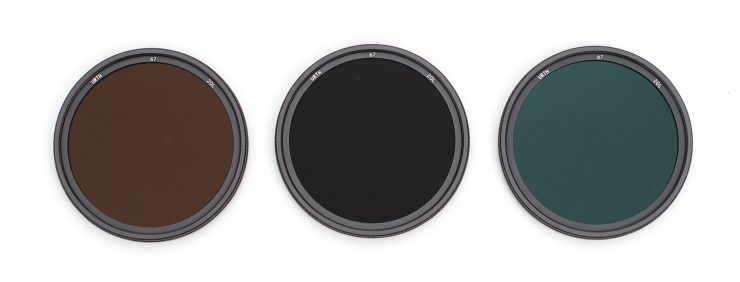
The three filters are identical in appearance. I am testing filters with a 67mm thread, but they are available with diameters ranging from 37mm to 95mm.
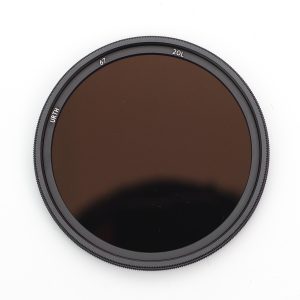
The filters have a classical design, with threads to attach to the lens. Sadly, no magnetic option here! In typical Urth fashion, but a bit off-putting, the filters’ characteristics are not printed on the front, but only on the edges. That’s useful when storing filters vertically in a pouch, but less so when they are in standard cases. It’s even more surprising given that there is some generic labeling at the front. Having a repeat of the filters’ characteristics there would be useful.
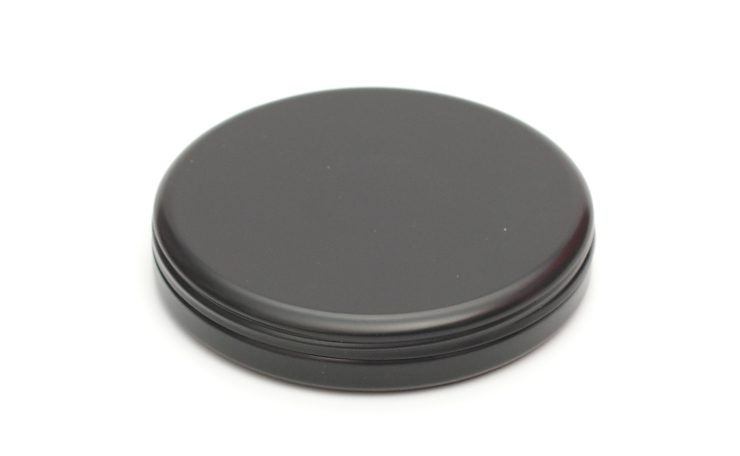
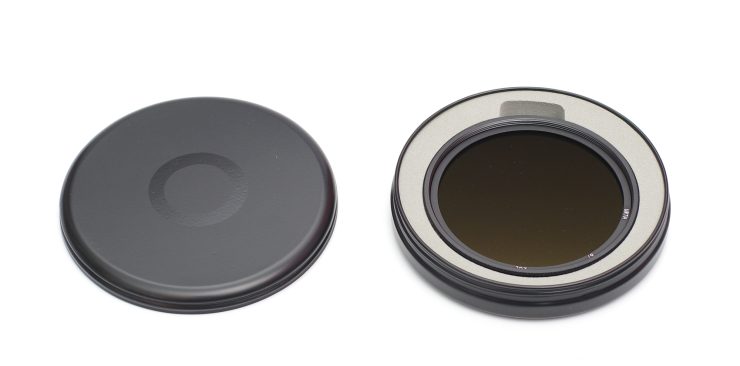
Speaking of cases, each filter ships with a cleaning cloth and a metal case. It’s compact and solid enough to offer good protection, but there’s no quick way to know what’s inside. OK if you have a single filter, less so if you have several. A label-maker will come in handy.
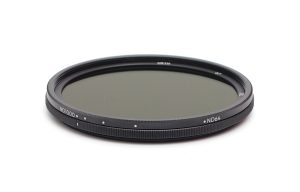
The edges show the attenuation characteristics with dots for intermediate values. Adjustments are easy and the ring stays in place once set.
Performances
Optical performances are key for any filter, but perhaps more so for a variable ND filter. Indeed, a VND is more likely to degrade optical transmission than a filter with fixed characteristics. In particular, cheaper VNDs can create the so-called “x-effect” where attenuation varies across the frame in some conditions, creating a darker cross pattern on the diagonals. A decrease in resolution can also occur, as can a color shifts.
To test resolution, colors and uniformity, the best way is to compare images created with the filters to images created without them. The sliders below show, for each filter, a comparison between a reference image with no filter to images taken with each filter at different attenuations. The images used are 100% crops of the center part of the image in each case.
ND2-32
First let’s look at the lowest attenuation.
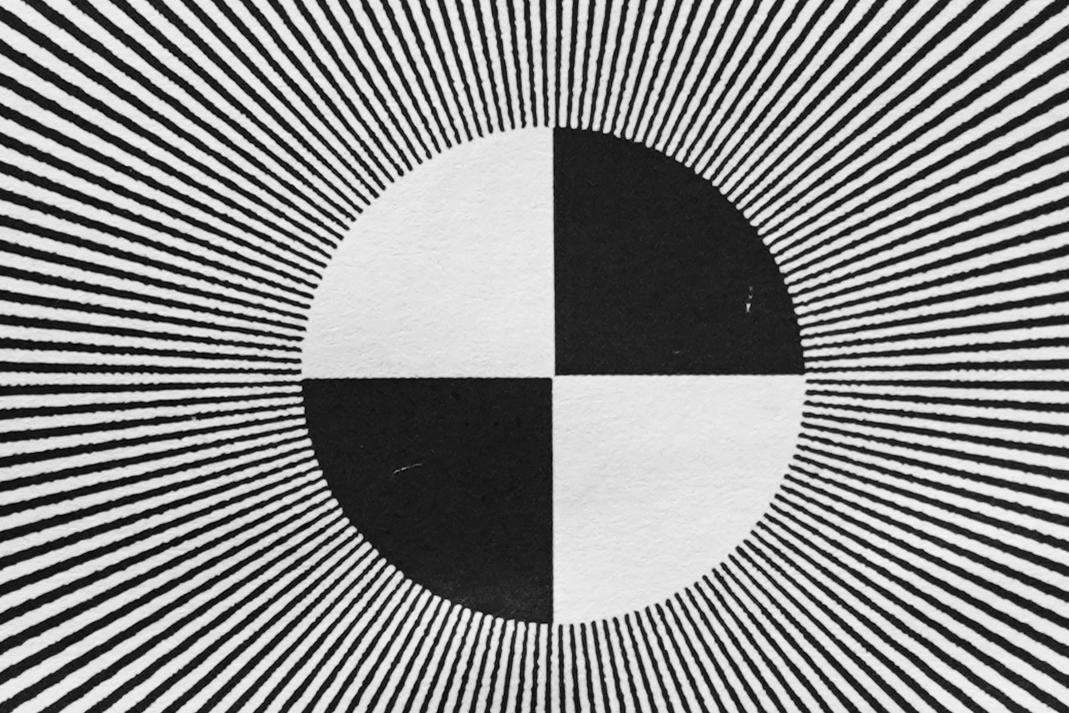
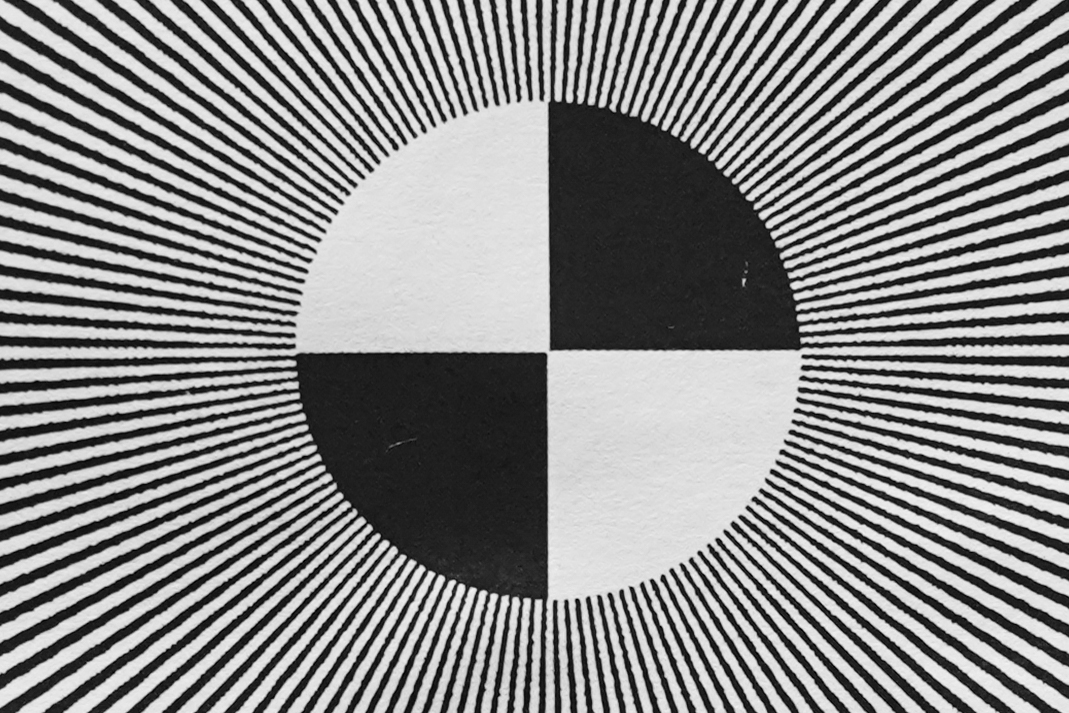
This second image shows the ND8 attenuation.

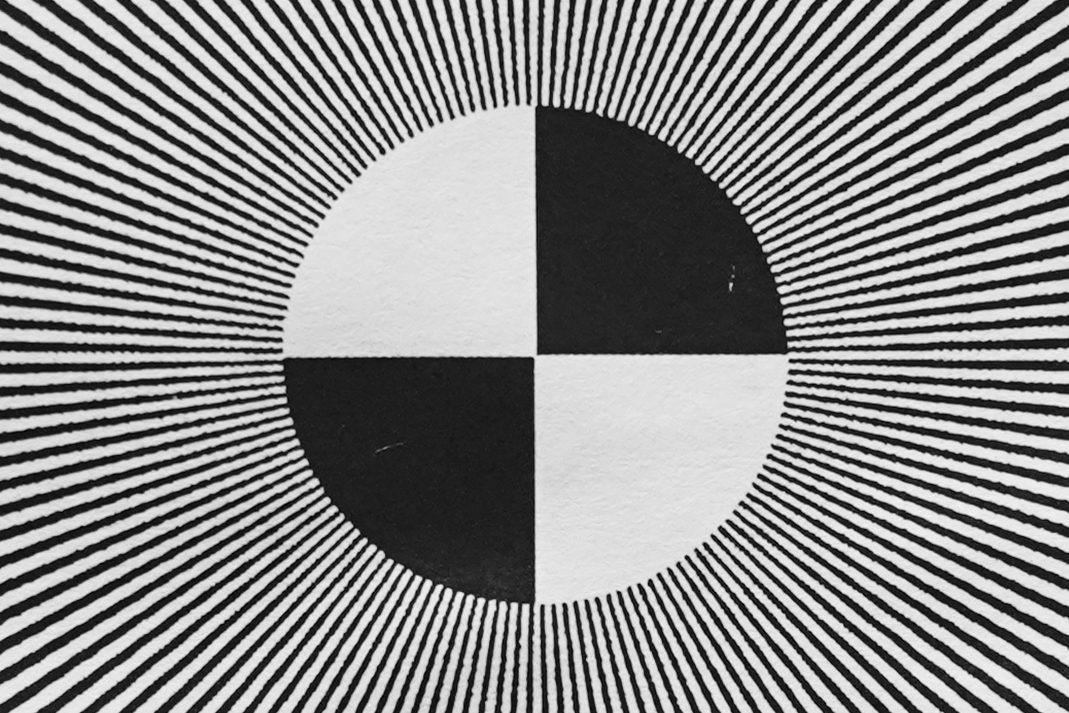
This last image shows ND16 attenuation.

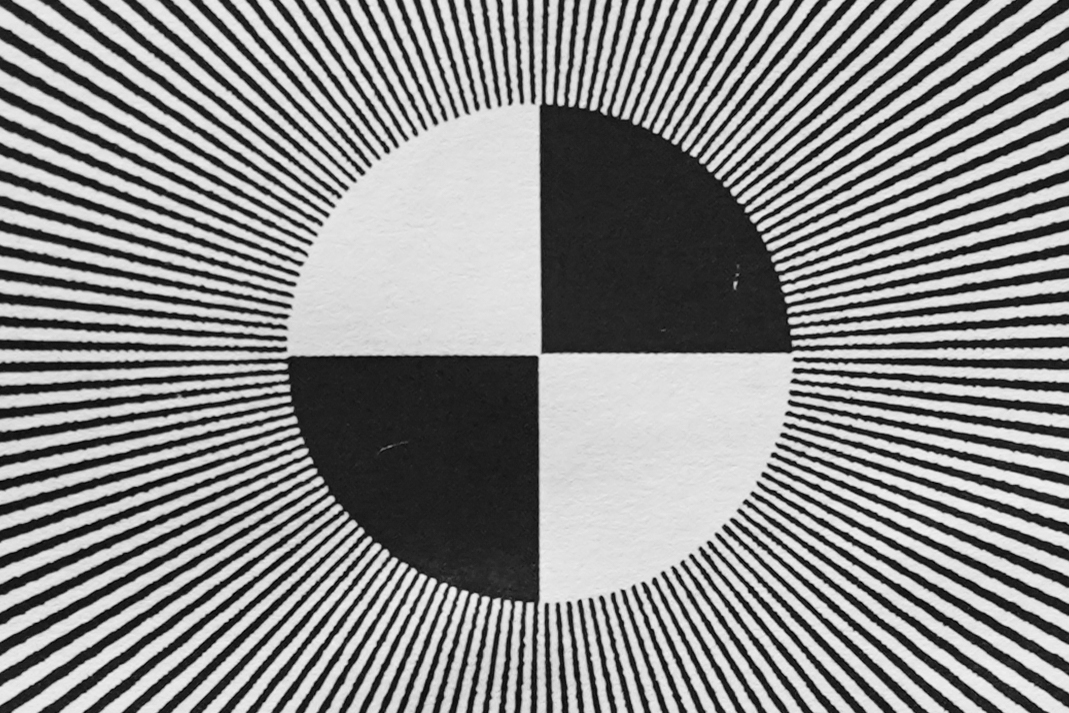
This particular filter performs admirably. Regardless of the attenuation, colors and sharpness are preserved. There is no color cast. In particular, the ND2-32 VND avoids the yellow tint sometimes appears on even more expensive filters.
ND8-128
Again, let’s first look at the lowest attenuation.

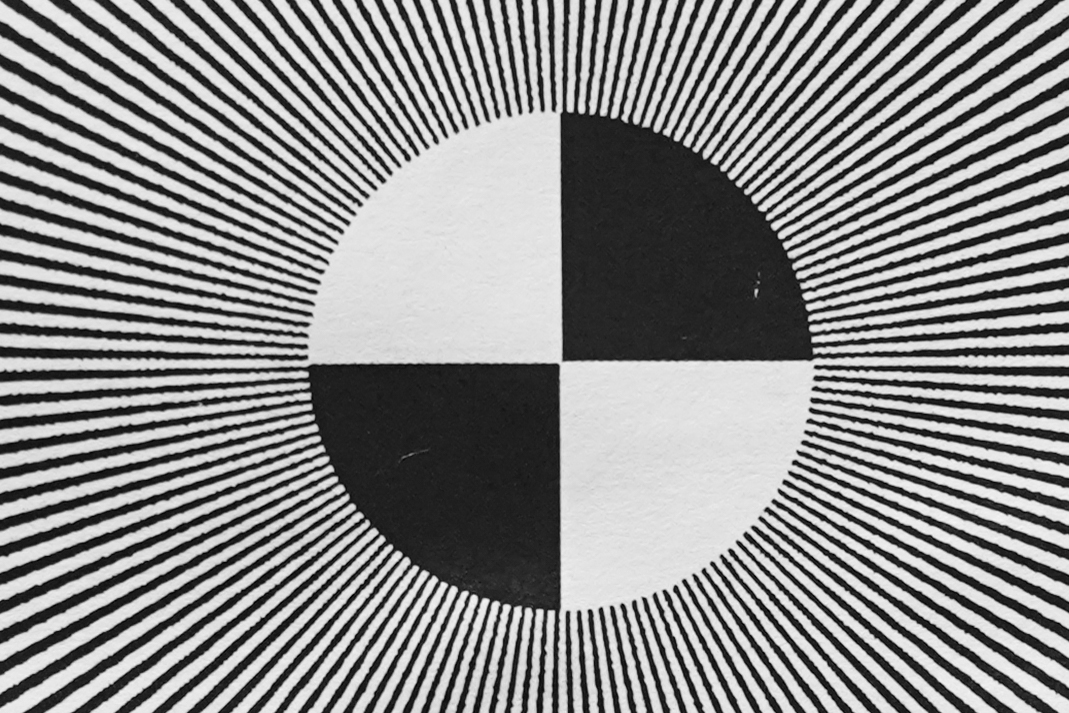
This second image shows the mid-range, ND32 attenuation.

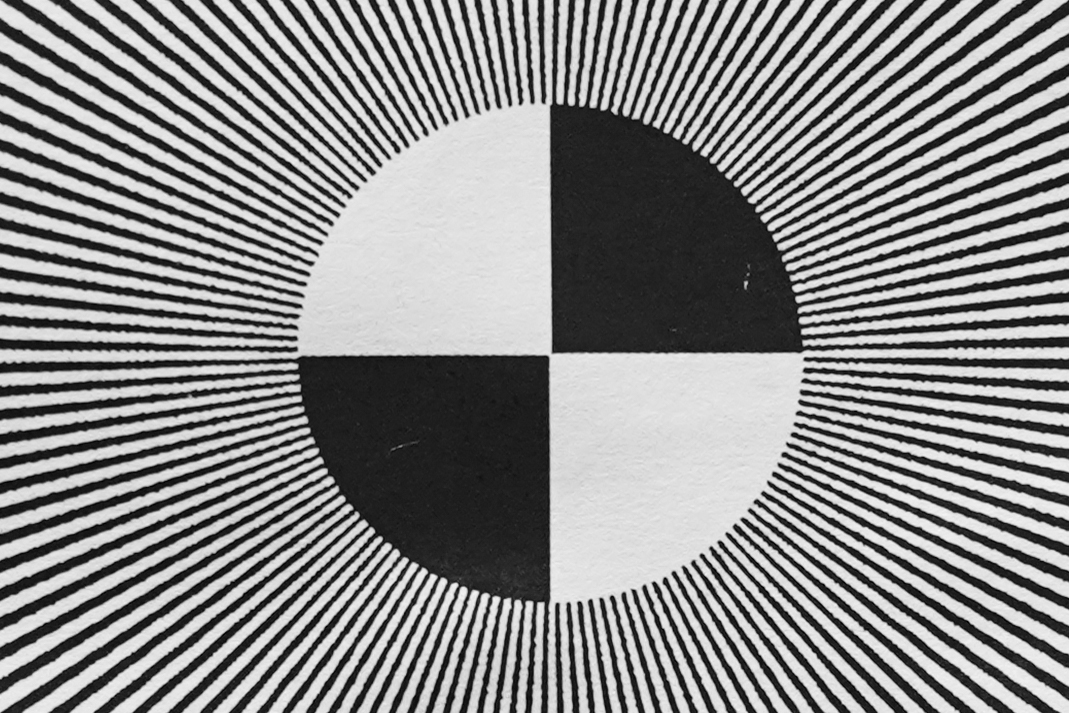
This last image shows the maximum attenuation.

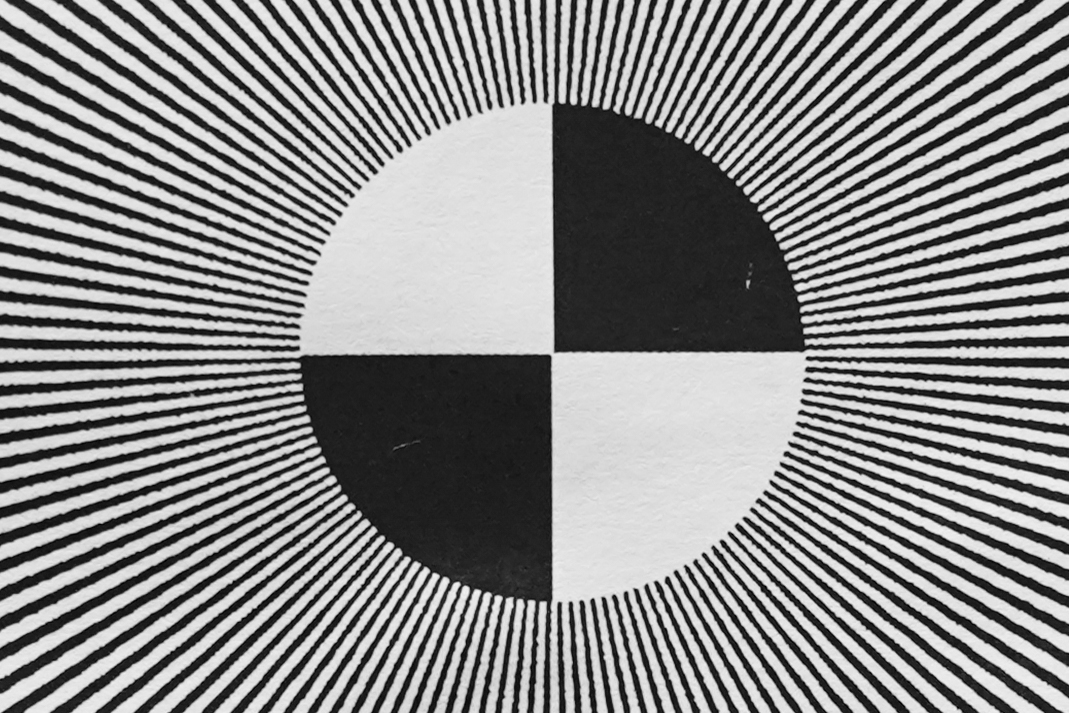
Again with the ND8-128 filter, there is absolutely no visible impact on sharpness or color.
ND64-1000
One last time, we start by looking at the lowest attenuation.

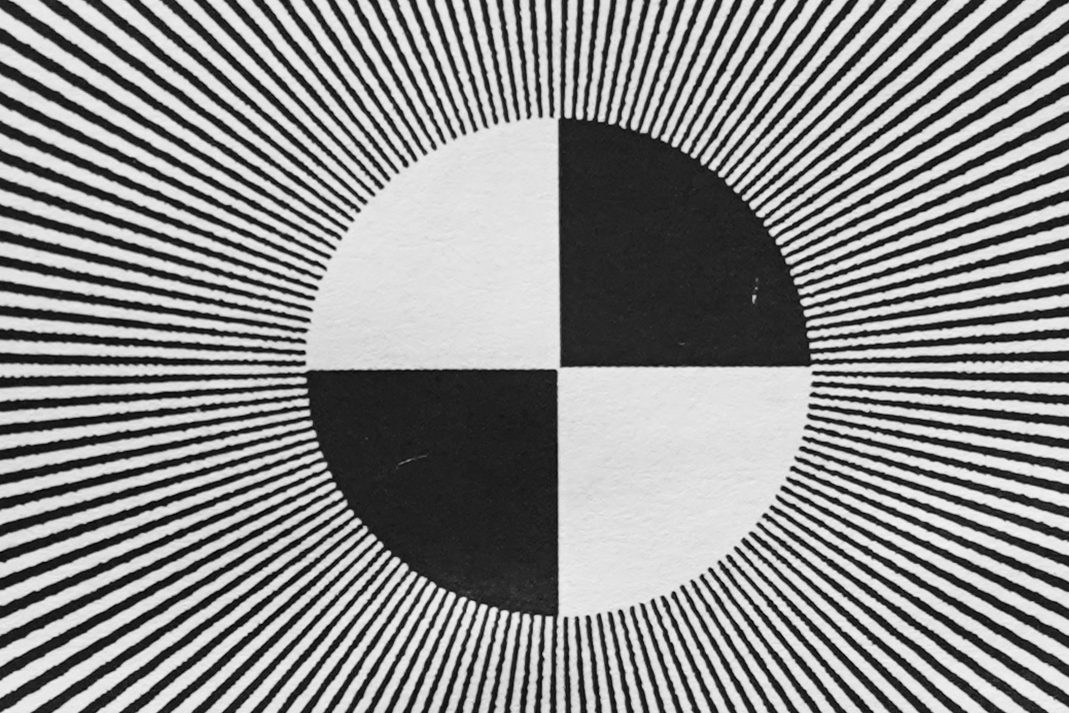
This second image shows the mid-range, ND256 attenuation.

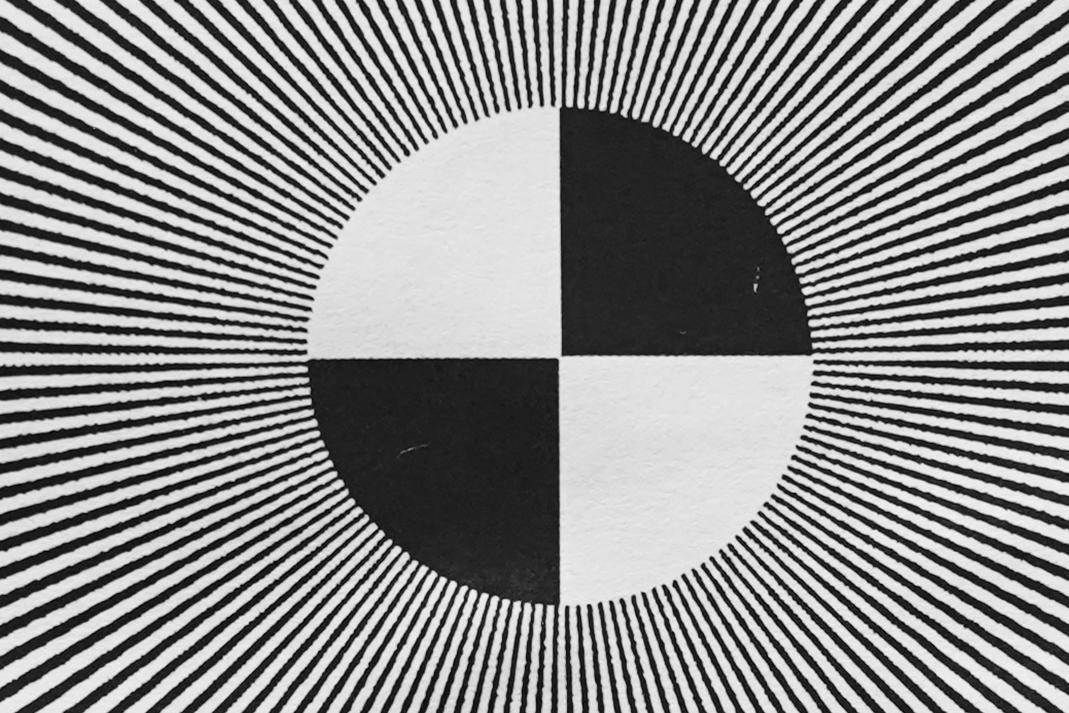
We excluded the maximum attenuation because our lab setup didn’t allow us to properly capture an image showing the sharpness with controlled settings. Still, our test images show that, just like its two siblings, the ND64-1000 filters preserves both resolution and colors.
Other Options
There is no shortage of options for VND filters on the market. One of the brands currently popular is PolarPro. They produce high-quality filters but can be prone to creating a yellow cast. A comparable VND filter from that brand costs $249 USD, higher than Urth’s $105 for any of the tested filters. B+W makes an ND2-32 filter which costs $252 for a 67mm thread. Freewell (reviewed here, also known to sometimes produce yellow color casts) offer an ND4-32 filter for roughly the same price as the Urth, $109.
Conclusion
With their Plus+ filter line, Urth have developed high-quality and fairly-priced filters.
The three variable ND filters under test offer excellent optical performances. In particular, they avoid the cross-effect problem sometimes seen with VND filters. They also succeed in preventing any color cast, something which cannot be said of all filters, even some costing double the price of the Urth filters. Sharpness is also unaffected by the filters.
My only gripe is that I would like to see the filters’ characteristics printed on the front, but that’s really nitpicking. With their Plus+ VND filters, Urth offer fairly-priced and high-performance products, worthy of consideration.




